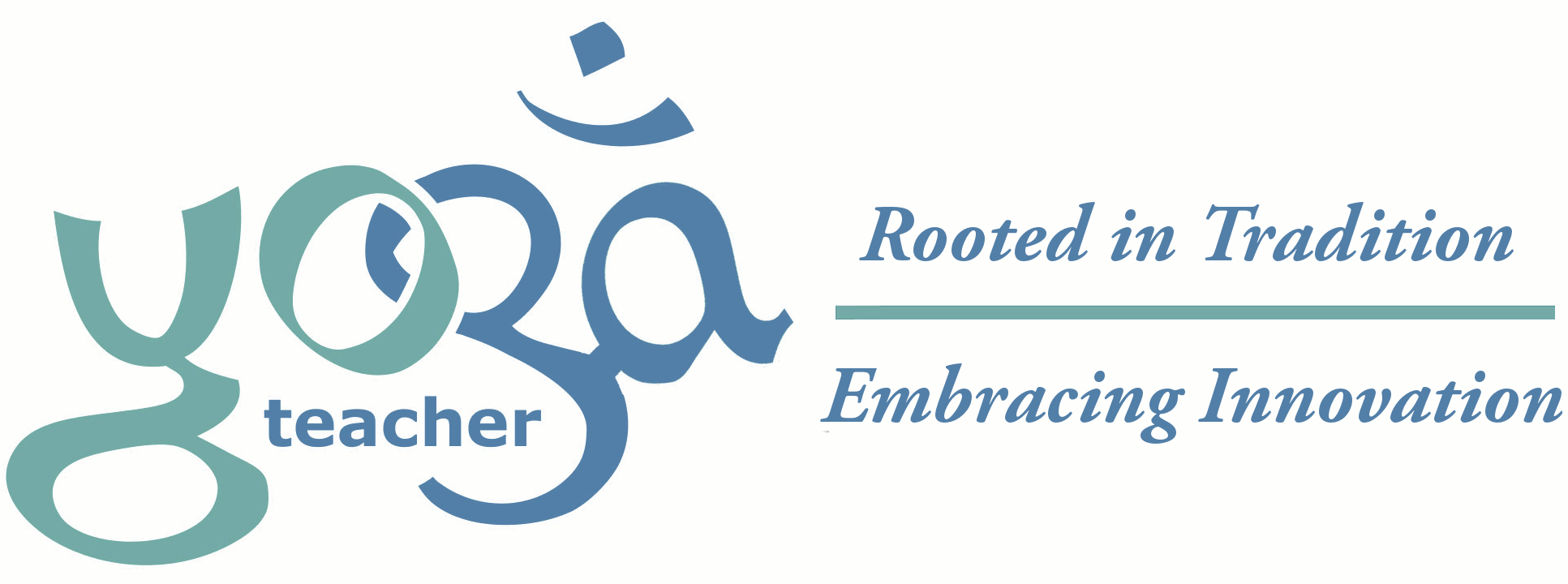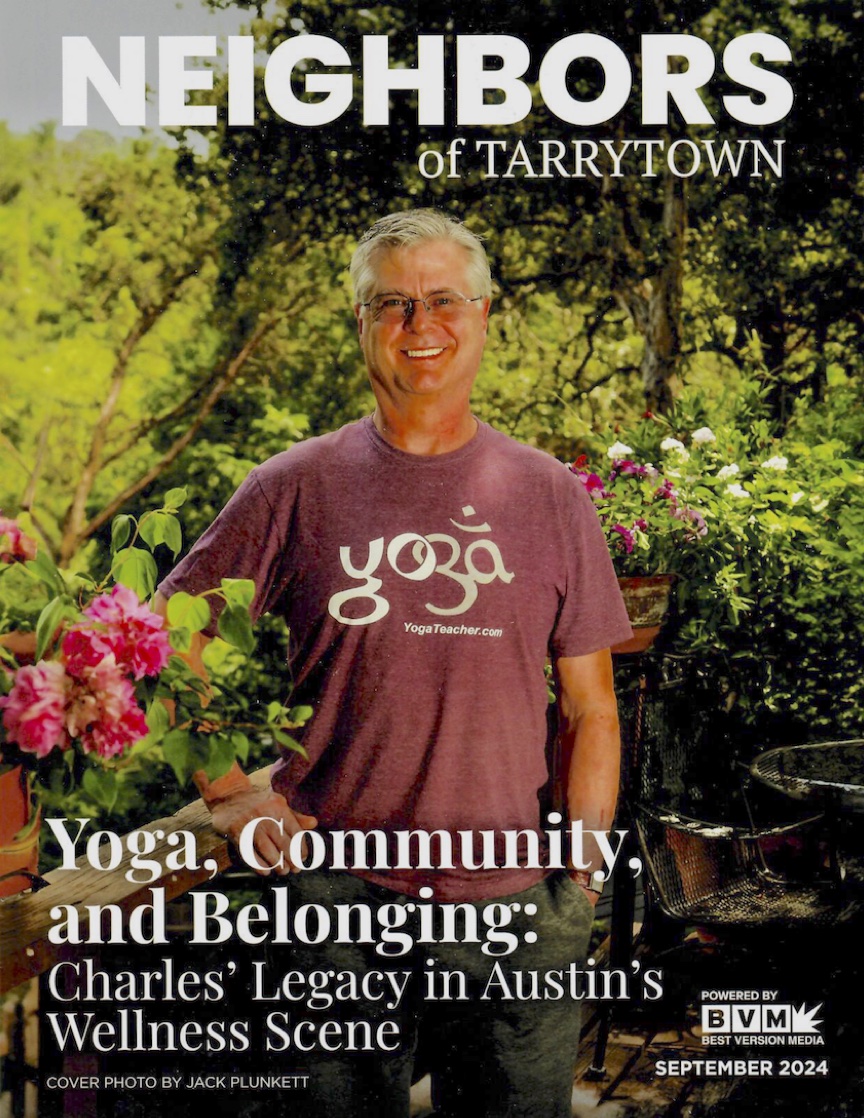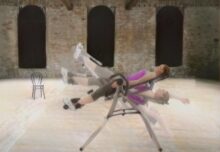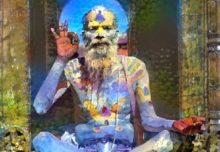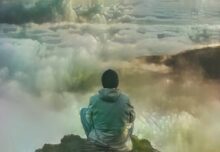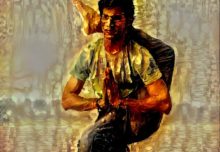YOGA, COMMUNITY, AND BELONGING:
CHARLES’ LEGACY IN AUSTIN’S WELLNESS SCENE
By Jerome Kubala
Photos by Jack Plunkett
Growing up with tales of Texas, Charles felt a deep connection to the Lone Star State, despite being born and raised overseas. His family’s roots in Texas ran deep: his father hailed from Galveston, earning degrees from Texas A&M and the University of Texas, while his mother was a proud product of UT’s first Plan II honors program in 1935. Their love story began during college and continued through World War II, when his father enlisted and they married.
After the war, the family settled in Austin, Texas, with dreams of making it their forever home. However, when an opportunity arose for his father to teach physics in Italy, the family embraced the chance to explore the world. A few days after arriving in Italy, Charles’ mother discovered she was pregnant. Reflecting on that moment, she often mused that had she known, she would never have left Texas.
Born in Naples, Charles lived across the globe—Italy, the Philippines, Germany, and England. When his father decided to retire, he bought some land on the Irish coast just off the famous Ring of Kerry. The family moved into a trailer, camping on the property while they sought approval from the local authorities to begin construction on their new home. Then, after a particularly frustrating meeting with the planning board, he announced to the family, “That’s it! We are going back to Texas, where by God, a man’s land is his own!” Charles was 16 when the family bought some land in East Texas and his parents started work on their new home.
Over the years, with each story shared by his siblings about their hometown of Austin, swimming in Barton Springs, riding bikes to Mt. Bonnell, and their home on 45th and Duval, Charles developed a sense of belonging to a place he had yet to experience. By 1983, he decided to move to Austin, enrolling as a junior at the University of Texas.
Following in his father and brother’s footsteps, Charles pursued a degree in physics and computer science. Although he excelled academically, he felt no genuine passion for the subject. After a period of introspection, he decided to pause his studies, seeking what J. Krishnamurti termed “Right Livelihood.”
The next five years were difficult. While he became an expert on discovering what he didn’t want to do, the question of what truly excited him remained unanswered. An old knee injury forced him to give up the sports he loved, leading to physical limitations and deepening anxiety about his future. He was in his mid-twenties, with a bad knee and no degree, as his father once pointed out.
Amidst this turmoil, Charles turned back to yoga, which he had practiced on and off since he was eleven and took classes with a wonderful teacher in Oxford. Over the next year, yoga not only helped him rehabilitate his knee but also lifted his spirits and pulled him out of a years-long depression.
By the late 1980s, Charles realized yoga was the one constant in his life, a passion he wanted to share with others. At the time, however, yoga was considered a hobby, not a career. There were only a few yoga teachers in Austin, all with ‘real’ jobs. Nevertheless, inspired by Joseph Campbell’s admonition to ‘Follow your bliss,’ he left his job as a pharmacy technician at Seton Hospital to teach yoga full-time. Within a couple of years, he was leading 21 classes a week and conducting workshops and retreats.
As yoga gained traction in Austin, Charles became a pioneer in integrating it into schools, hospitals and businesses, including Apple, Motorola, IBM, and 3M. He set up cardiac yoga programs at Seton Hospital and The Austin Heart Hospital and was a keynote speaker on Mind/Body Medicine at back-to-back Cardiac Rehabilitation Conferences hosted by Seton Hospital.
Charles taught yoga and workshops for the University of Texas, including informal classes, Recreational Sports, and the departments of Architecture, Art, Dance, Kinesiology & Health Education, and Music.
In 1992, Coach Mick Haley hired Charles to work with the University of Texas’ Women’s Volleyball team. Over the next seven years, he taught classes and workshops on stress management, relaxation, paradigm shifting, improving concentration, and yoga for athletes for the Women’s golf, track, and volleyball teams.
In 1998, he co-founded the Heart of Business Conference, aimed at integrating spiritual values into the workplace. Sponsored by Seton Cove and Motorola, and held at the Austin Convention Center, it was widely praised by participants. For the next decade, Charles balanced teaching yoga with corporate training and public speaking on stress management, creativity, concentration, balance, creative writing, and related topics.
As the number of yoga teachers in Austin grew, Charles worked hard to foster community among different studios and traditions. In 1998, when an out-of-state yoga conference threatened to overshadow local talent, he and his fellow instructors turned the situation into an opportunity. They supported the conference by picking up presenters from the airport and hosting a dinner for them, running errands for the organizers, and inviting attendees to extend their visit to Austin for a Free Day of Yoga the day after the conference closed. Dozens of studios participated, and thousands attended, including many who drove from Dallas and Houston.
The conference was the first time Charles heard participants from across the country rave about the Austin Yoga Community. In conversations with attendees, he was surprised to find that many felt their city lacked a yoga community that extended beyond their own studio. Many even complained about friction with competing teachers and studios.
After two years, the conference moved to Palm Springs. At the following meeting of the Austin Yoga Teachers, it was decided to continue the Free Day of Yoga on their own. This year marks the 27th anniversary, and Charles has helped other cities, in Texas and California, start their own Free Day of Yoga.
Many believe that Austin’s success in hosting yoga events is due to its close-knit community. The truth is, it’s the other way around. The collaboration in working toward common goals—first to support the Southwest conference, then to organize the Free Day of Yoga, the International Day of Yoga, the Texas Yoga Retreat, and other events— is what created has strengthened the Austin Yoga community.
Many believe that Austin’s success in hosting yoga events is due to its close-knit community. The truth is, it’s the other way around. The collaboration in working toward common goals—first to support the Southwest conference, then to organize the Free Day of Yoga, the International Day of Yoga, the Texas Yoga Retreat, and other events— is what created and continues to hold the Austin Yoga community together.
Although Charles has cut back from teaching 21 classes a week to just three or four, he compensates with other projects. He continues to help coordinate the Free Day of Yoga He co-founded a successful yoga teacher training school, with graduates teaching in 15 countries and 45 states. He co-founded the Texas Yoga Retreat, an annual tradition for 25 years, bringing dozens of the best yoga teachers from across the country and abroad to Austin for a weekend retreat every year in October.
Charles is an active member of the International Association of Yoga Therapists and has presented twice at their annual conference. He is now a guest teacher at yoga teacher training schools across the country and has led over 50 yoga retreats in Mexico, Costa Rica, and Guatemala, along with 150 weekend retreats in central Texas.
What Charles is best known for locally, however, are his Full Moon Yoga classes, which he has been offering once a month for 30 years.
Today there are almost 500 registered yoga teachers in Austin, and 44 teacher training programs.
1 Comment
-
This man is an absolute legend. He is not a cliche, nor a flake. He does what he does brilliantly with compassion, consideration and deep thought. Not a follower of fashion or faddist, this original thinker is very much grounded in the reality of now and a considered and evidenced path to when.
Austin you should celebrate such a resource
